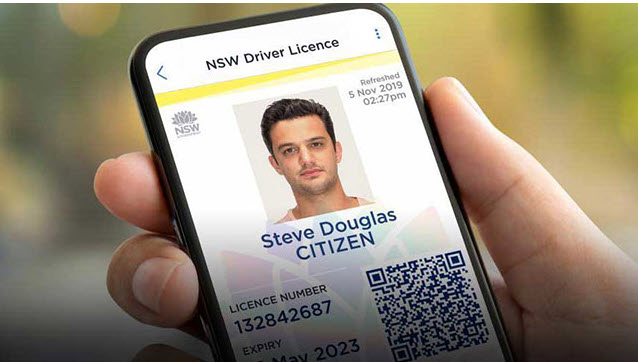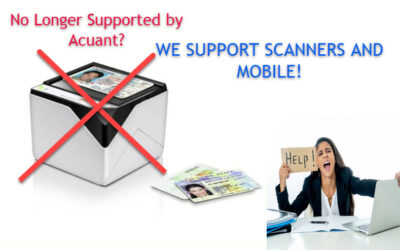Introduction:
As a software developer, our constant aim is to create innovative solutions that simplify tasks and improve productivity. Today, we are excited to introduce a groundbreaking feature that will revolutionize the way digital IDs are processed: OCR has recently introduced the ability to read digital IDs using a screen capture directly from a mobile phone or computer screen.
As technology advances, many countries are adopting digital identification systems to streamline processes and enhance security. In Australia, the introduction of mobile IDs has brought numerous benefits, but it has also posed some unique challenges. In this article, we will explore two key challenges related to reading new digital IDs in Australia and the US and discuss solutions to overcome them.
Lack of Robust API Integration:
One major hurdle faced by software developers is the lack of well-designed APIs (Application Programming Interfaces) provided by local governments responsible for creating mobile IDs. APIs serve as the bridge between the identification system and third-party software applications, enabling seamless integration and data retrieval.
Unfortunately, some local governments as well as companies distributing and creating the new digital ID’s have not prioritized the development of robust APIs, making it challenging for software developers to integrate the mobile ID system effectively. Inadequate documentation, limited functionality, and inconsistent updates pose significant obstacles in accessing and extracting data from digital IDs.
Solution:
To address this challenge, collaboration and communication between local governments, Digital ID Developers such as Apple and software developers are crucial. Local governments should prioritize the creation of comprehensive and developer-friendly APIs, making sure they are well-documented and regularly updated based on functionality input enhancements created by the development community. Additionally, establishing a dedicated support channel or developer portal can facilitate communication and provide developers with the necessary resources to integrate mobile IDs seamlessly. We cannot emphasize enough how support and an open line of communication is important for these types of solutions since it affects so many users. Not getting immediate answers can mean missing a plane, not being able to purchase a critical component or even buying a ticket for an event and not getting in due to issues with your digital ID.
Variations in Screen Sizes and OCR Technology:
Another challenge arises from the diversity of smartphones and mobile devices used by individuals to store their digital IDs. Different screen sizes, resolutions, and aspect ratios can impact the accuracy of Optical Character Recognition (OCR) technology, which is used to extract data from images.
OCR technology relies on analyzing text and characters within an image to interpret and extract relevant information. However, variations in screen sizes and image quality can lead to inconsistent results, affecting the reliability and efficiency of the ID reading process.
Solution:
To overcome the challenge of varied screen sizes, OCR’s development team has created advanced algorithms that dynamically adjust the OCR process based on the device’s screen resolution and size. By optimizing the OCR algorithms for different screen configurations, the software can accurately extract data from digital IDs regardless of the device being used.
Furthermore, incorporating image enhancement techniques, such as automatic image cropping and noise reduction algorithms, helped a great deal on improving OCR accuracy even when faced with suboptimal image quality.
Final Thoughts:
Reading new digital IDs in Australia (and the US) presents unique challenges related to API integration and variations in screen sizes. While the lack of robust APIs from local governments can hinder seamless integration, effective collaboration and improved documentation can alleviate this issue. Similarly, adapting OCR technology to accommodate different screen sizes and optimizing image processing algorithms can enhance accuracy when reading IDs from mobile devices.
As software developers, it is essential that we actively engage with local governments, contribute feedback, and advocate for developer-friendly APIs. By addressing these challenges head-on, we can ensure a smoother transition to digital identification systems and unlock the full potential of mobile IDs in Australia.




